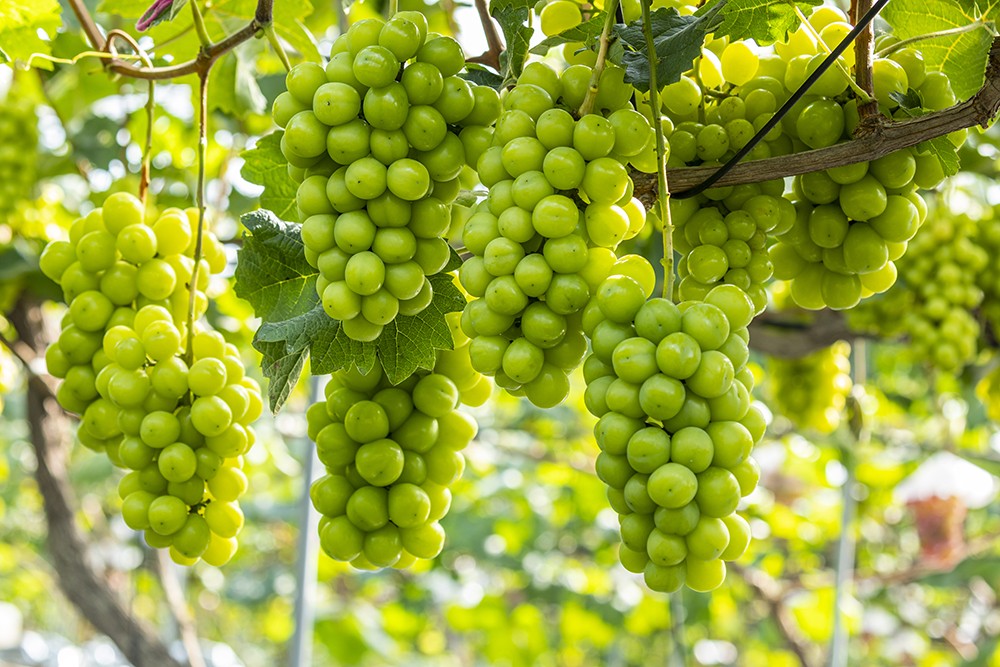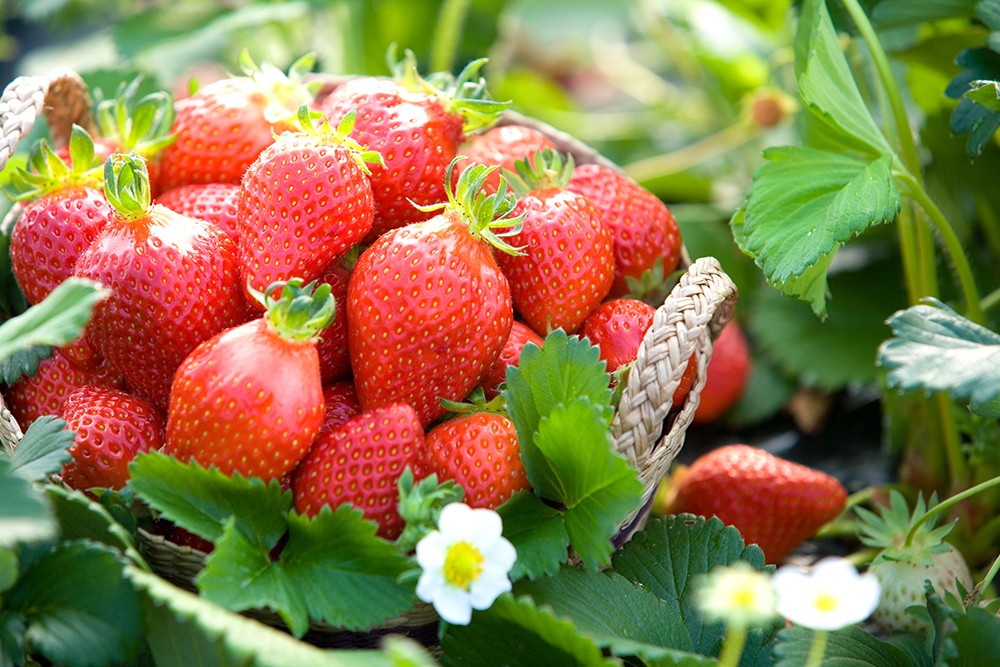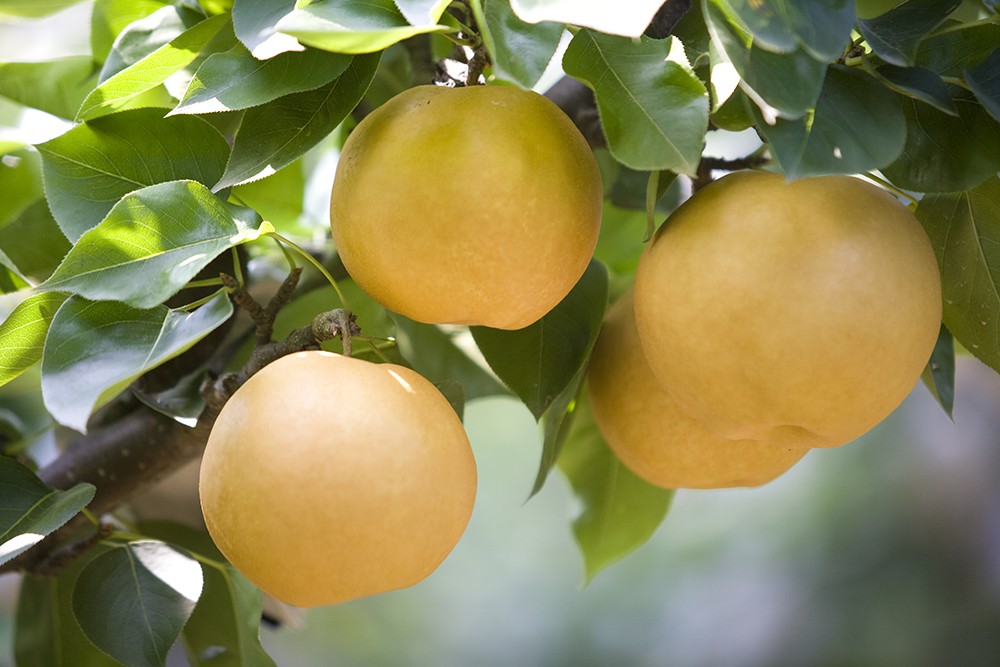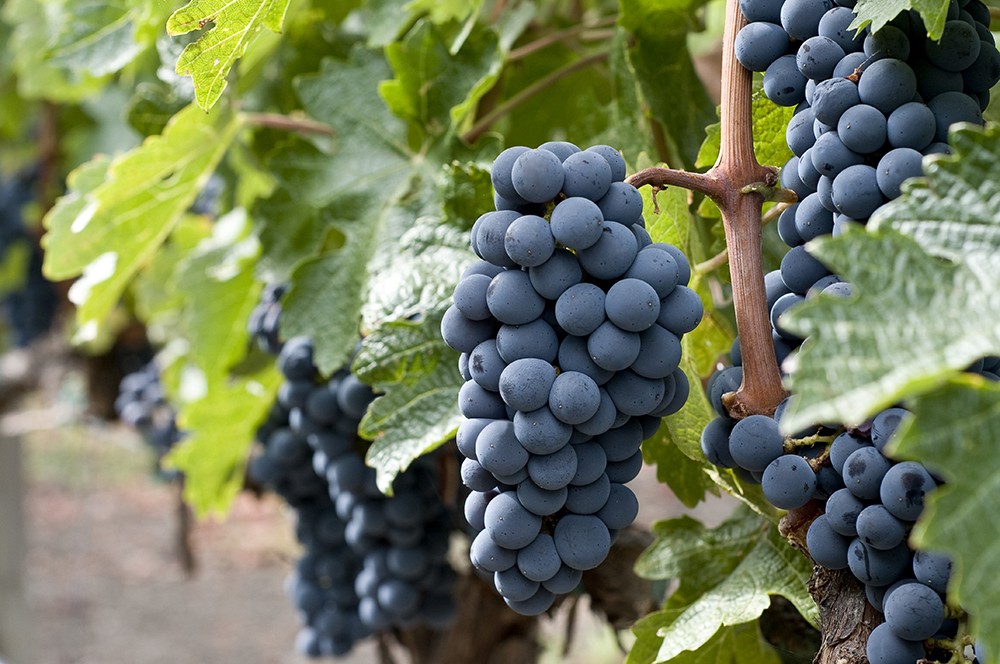한식 읽기 좋은 날
Vol 56. Hansik Ripens Under the Rays of the Sun
Korean Fruit Captivates Global Consumers
Captivated by HANSIK
Over the past few years, the term “K-fruit” has entered the global news lexicon. Even amid the difficulties posed by COVID-19, Korean fruit, including melons, strawberries, grapes, shine muscat, and pears, have and continue to be exported worldwide. What is clear is that global consumers are becoming increasingly interested in Korea’s fruits, which is consequently resulting in the improved quality of the latter.
Article Noh Yunyoung (Editorial Team) Sources Analysis of determinants for export of six top-selling fruits (Kang Ji-in, Kim Sanghyun, Moon Hanpil; Korea Food Marketing Association: 2022), “Fruit trio emerges as leading exports: New variety of strawberry also global hit” (Financial News)


Spike in both exports and imports after signing of FTA
The widespread easing of tariffs after Korea’s signing of a free trade agreement (FTA) in 2004 led to the full opening of the country’s markets. The FTA, an agreement that eliminates tariffs and all other obstacles to trade on services/products of member countries, offers exclusive trade benefits that impact both imports and exports.
Fruit was no exception. In 2020, 783,000 tons of fruit were imported, or 1.5 times the amount from in 2005. The amount of imported fruit consumed per person also increased. On the other hand, per-person fruit consumption in Korea decreased, from 67.9 kilograms in 2007 to 51.5 kilograms in 2020. This was accompanied by a marked decrease in consumption of the six fruits that are most popular among Korean consumers (apples, pears, grapes, peaches, tangerines, and persimmons), with the reason believed to be a combination of causes, such as climate change, population aging, and an increase in single-person households.
The lowering of trade barriers also brought about an increase in fruit exports. The popularity of Korean melons, strawberries, grapes, shine muscat, and pears is especially noteworthy. This begs the question: why is Korean fruit popular overseas? The Ministry of Agriculture, Food and Rural Affairs (MAFRA) credits the proliferation of superior cultivation technologies among farms that produce fruit for export and subsequent increased production of high-quality fruit to supply the current export boom: in other words, the successful presentation of Korean agricultural produce as premium/high-end. The fact that Korean shine muscat was flying off the shelves at a store in China, even with a price tag equivalent to KRW 120,000 per bunch, shows the extent to which Korean fruit is well-received in the international market.
Another element of success is the consistent development of new domestic varieties. For example, new strawberry varieties (e.g. Sukhyang, Kingsberry, Sunnyberry, Durihyang, Vitaberry) are already popular and competitive in foreign markets. Some experts point to the positive spillover effect of Hallyu. In other words, the popularity of Korean pop culture content, such as movies, dramas, and music, is translating into the popularity of the fruit that appears in them. Experts suggest that, in order for Korean fruit to become more competitive internationally, investments need to be made in the fruits that sell the most overseas: namely, strawberries, grapes, and pears.


Incredible overseas popularity of Korean strawberries, grapes, and pears
Strawberries, grapes, and pears were, until very recently, considered only for domestic consumption. Public-private collaborations undertaken in recent years to develop export-conducive varieties and target the premium fruit market, however, have turned all three fruits into profitable items that are rapidly increasing rural household incomes. Korean strawberries, characterized by their firmness and sugar content similar to that of the melon, are known for their high Vitamin C content and effectiveness in preventing cardiovascular/adult diseases such as high blood pressure, diabetes, and obesity. Another merit is that their caloric content is low relative to sugar.
The secret to the strawberry’s export success is the improved competitiveness of individual varieties. According to MAFRA, until the early 2000s, Korean strawberries were exported almost entirely to Japan. The Maehyang variety, which was developed in 2001 by Chungcheongnam-do Agricultural Research & Extension Services to be extremely sweet, firm, and easy to store, quickly became established as a major export commodity. Farming technologies were also developed to enhance the quality of strawberries to make them more export-conducive: for the Maehyang variety, such efforts resulted in an 8.6% decrease in deformed berries and 35.7% increase in productivity. Maehyang was later joined by other high-quality varieties (Geumsil, Kingsberry, etc.) that continue to be regarded by foreign consumers as “premium-grade” for their taste, sugar content, and overall quality. In 2010, the proportion of Korean strawberry varieties sold (61.1%) outpaced foreign varieties for the first time, increasing to 90% in 2015 and 96.3% in September of 2021, setting a sales record.
It is based on such efforts that strawberry exports increased from 2016 to 2021 by an annual average of 12%. In 2020, 4,823 tons of Korean strawberries were exported, totaling approximately USD 53.7 million: a 12-fold increase compared to the corresponding amount in 2005 (USD 4.41 million). They are popular throughout Asia and especially in Vietnam, where it has become customary to give Korean strawberries as a holiday or anniversary gift. Based on such progress, the Korean government is beginning to more actively support the exporting of strawberries. In 2020, MAFRA promised to help raise the volume of exported strawberries to over USD 100 million over the following three years with the goal of making it one of Korea’s top agricultural exports.
Grapes are also a major agricultural export, reaching exports of 2,012 tons in 2019 alone for a total of USD 23.5 million. Grapes, which boost metabolism with their wealth of vitamins A, B, C, and D, are also rich in iron, making them effective in treating symptoms of anemia. Their antioxidants improve blood circulation and help lower blood pressure and blood sugar levels, while resveratrol helps keep cells young.
Chile’s signing of an FTA with Korea in 2004 caused a temporary crisis for Korean grape sales, leading the Korean government to begin focusing on exporting the shine muscat. A strain of green grape developed in Japan in 1988 through artificial crossbreeding, the shine muscat is characterized by its firm flesh, chewy texture, and scent similar to that of the mango. Korea began purchasing Japanese shine muscat trees in 2006. After some improvements, shine muscat cultivation technologies were standardized. Because Japan does not hold a trademark for the shine muscat tree, Korea pays no royalties. The shine muscat is ideal for exporting due to its ease of cultivation, cold-resistance, and slow maturation: if stored at a low temperature, it can last for up to three months without diminishing in quality. After the shine muscat was included on the export list, Korean grape exports (including shine muscat) began increasing, eventually coming to include countries such as Vietnam, China, Hong Kong, Singapore, and the United States. In 2021, Korean grape exports totaled USD 31.2 million.
The Korean pear, which is beloved for its refreshing and mild sweetness and crunchy texture, is an alkaline fruit that is rich in vitamins and fiber. It is effective for constipation, supports the respiratory organs, and improves immunity and helps prevent cancer, owing to its high antioxidant content (e.g. polyphenols). The Korean pear is exported to many countries, including Taiwan, Vietnam, Hong Kong, Canada, and, especially, the United States. The Korean government has already registered the “K-pear” trademark in the United States and is currently distributing stickers applied with a patented technology to make Korean pears easily distinguishable from their Chinese counterparts.










